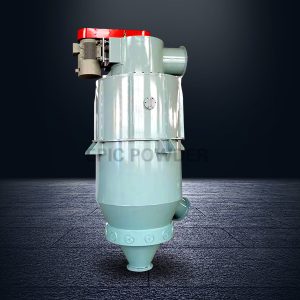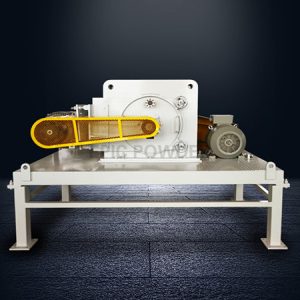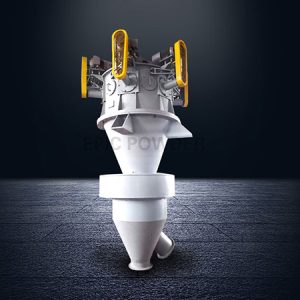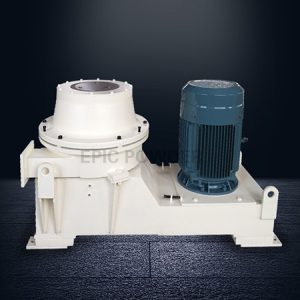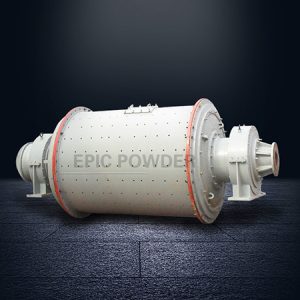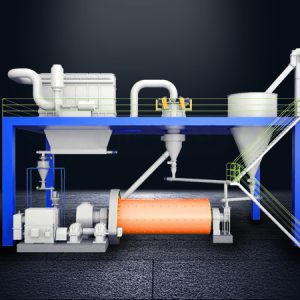Calcium carbonate is a widely used compound with various applications in industries such as construction, paper, plastics, and pharmaceuticals. It exists in different forms, including heavy calcium carbonate and light calcium carbonate. Understanding the differences between these two forms is essential for selecting the appropriate type for specific applications. This article provides a comprehensive overview of heavy calcium carbonate and light calcium carbonate, including their properties, production processes, and applications.
Heavy Calcium Carbonate:
Heavy Calcium Carbonate Definition and Properties:
Heavy calcium carbonate, or ground calcium carbonate (GCC), is a fine powder derived from natural limestone or marble deposits. It has a higher density than light calcium carbonate due to its larger particle size and higher purity. Heavy calcium carbonate particles typically range from 5 to 20 microns.
Heavy Calcium Carbonate Production Process:
Heavy calcium carbonate production involves mining and extracting high-quality limestone or marble deposits. The extracted raw materials undergo crushing, grinding, and classification processes to obtain the desired particle size distribution. If required, The final product is subjected to additional treatments to enhance purity and improve specific properties.
Heavy Calcium Carbonate Key Properties:
- Higher Density: Heavy calcium carbonate has a higher bulk density ranging from 1.1 to 1.4 g/cm³, which makes it suitable for applications requiring increased weight or filling capabilities.
- Lower Surface Area: Due to its larger particle size, heavy calcium carbonate has a relatively lower surface area than light calcium carbonate, affecting its reactivity and dispersion characteristics.
- Excellent Whiteness: Heavy calcium carbonate exhibits high whiteness, making it ideal for applications that require products with superior brightness and opacity.
- Good Chemical Stability: Heavy calcium carbonate offers excellent chemical stability, allowing it to withstand various environmental conditions without significant degradation.
Applications: Heavy calcium carbonate finds widespread use in various industries:
- Paper Industry: It is used as a filler material in paper production to enhance opacity, smoothness, and printability.
- Plastics Industry: Heavy calcium carbonate improves plastic products’ mechanical properties, stiffness, and impact resistance.
- Paints and Coatings: It functions as an extender pigment, enhancing coverage, durability, and weather resistance.
- Construction Materials: Heavy calcium carbonate is utilized in the production of adhesives, sealants, concrete, and mortar for its reinforcing and binding properties.
- Pharmaceuticals: It can be used as an excipient in tablet formulations or as a calcium supplement in dietary supplements.
Light Calcium Carbonate:
Light Calcium Carbonate Definition and Properties:
Light calcium carbonate, precipitated calcium carbonate (PCC), is produced synthetically through a chemical precipitation process. It has a smaller particle size and lower density compared to heavy calcium carbonate. The average particle size of light calcium carbonate typically ranges from 0.5 to 2 microns.
Light Calcium Carbonate Production Process:
Light calcium carbonate is manufactured by reacting calcium hydroxide (lime) with carbon dioxide gas under controlled conditions. This chemical reaction forms fine calcium carbonate crystals that are then separated, dried, and processed into a powder form.
Light Calcium Carbonate Key Properties:
- Lower Density: Light calcium carbonate has a lower bulk density ranging from 0.6 to 0.9 g/cm³, making it suitable for applications where low weight and high spreadability are desired.
- Higher Surface Area: Light calcium carbonate exhibits a higher surface area due to its smaller particle size, leading to improved reactivity and dispersion characteristics.
- Brightness and Opacity: Light calcium carbonate offers good brightness and opacity, making it suitable for applications requiring superior optical properties.
- High Purity: Precipitated calcium carbonate can achieve high levels of purity, allowing for precise control over its chemical composition.
Applications: Light calcium carbonate finds numerous applications in various industries:
- Rubber Industry: It is used as a filler and reinforcing agent in rubber products to improve mechanical properties and processability.
- Adhesives and Sealants: Light calcium carbonate provides viscosity control, stability, and reinforcement in adhesive formulations.
- Food and Pharmaceuticals: It serves as a calcium supplement in food products, dietary supplements, and pharmaceutical preparations.
- Cosmetics: Light calcium carbonate is utilized as an absorbent, bulking agent, and opacifying agent in cosmetic formulations.
- Environmental Applications: PCC can be employed in waste-water treatment processes for pH adjustment, heavy metal removal, and alkalinity enhancement.
Heavy calcium carbonate and light calcium carbonate are two distinct forms of calcium carbonate with different physical and chemical properties. Heavy calcium carbonate offers higher density, excellent whiteness, and good chemical stability, making it suitable for applications requiring weight or filling capabilities. On the other hand, light calcium carbonate has lower density, higher surface area, and good brightness, making it ideal for applications that prioritize low weight and superior optical properties. Understanding these differences enables informed decisions regarding selecting and utilising the appropriate form of calcium carbonate based on specific application requirements, ensuring optimal performance and cost-effectiveness. Both heavy calcium carbonate and light calcium carbonate play significant roles in various industries, providing valuable properties and enhancing the quality of end products.
- What Are the Three Major Preparation Processes for Silicon-Carbon Anode Materials?
- Feldspar Powder: Essential Uses in Glass and Ceramic Manufacturing
- Non-metallic Mineral Powders :Processing and Application
- Welcome to Qingdao To Attend The 22nd AP-Plastics Rubber Exhibition
- Ball mills are widely used in industrial fields
